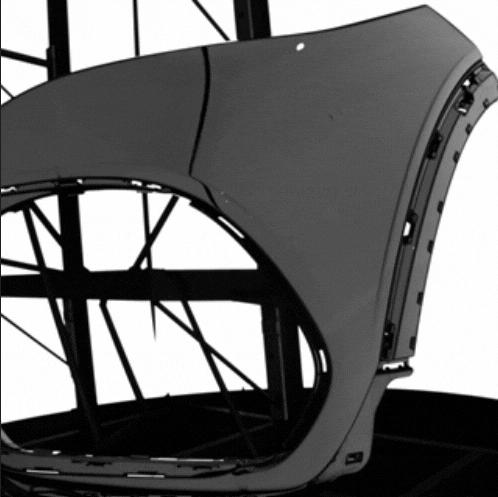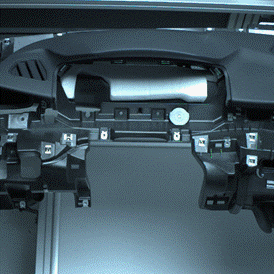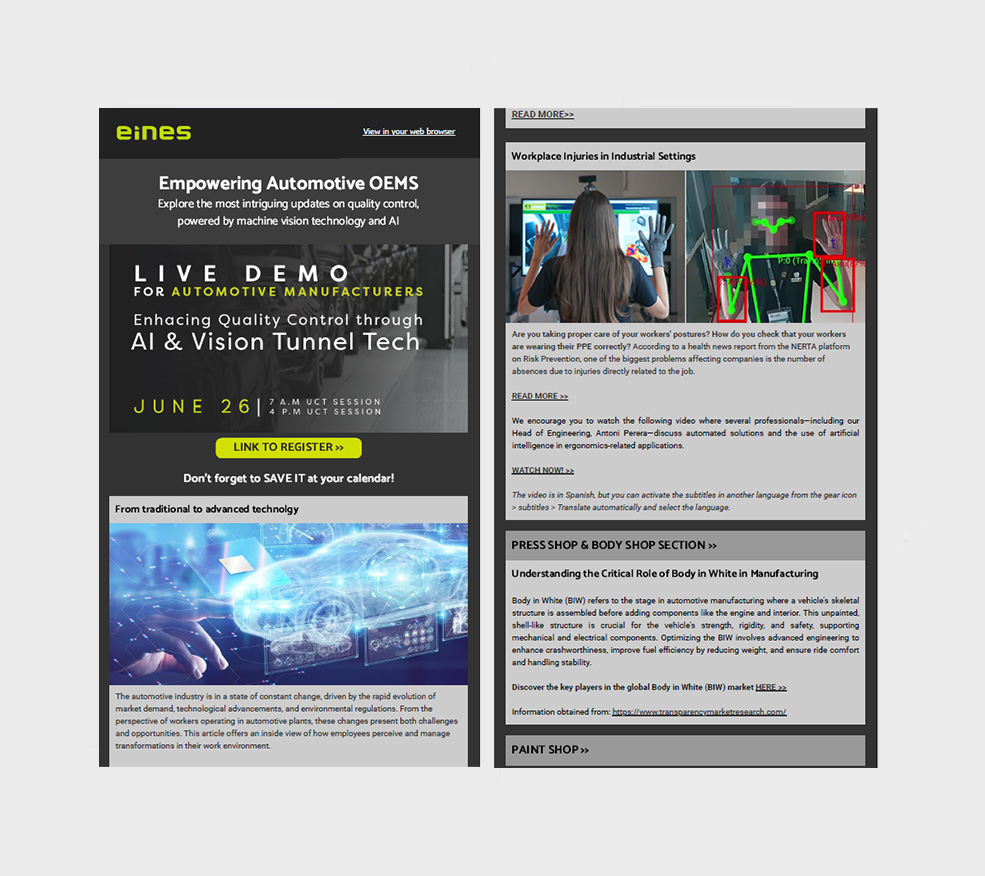Introduction
This year, 2025, we have set out to resolve the most typical questions our clients ask us, and why not? Make it public to educate and teach anyone interested in seeing all those curious details about our software from a closer perspective.That’s why in today’s blog we will talk about the compatibility of our system with the protocols of each automotive plant and how we can adapt to different scenarios.
Our software
First of all, we must emphasize that our software is designed to enable plant communications. We make the software uniform across different facilities and provide middleware to convert the data into the format the client wants. In this way, we not only achieve a more standardized software but also avoid duplicate work and reduce programming time. Adaptability is one of the goals we pursue daily.
Advantages
For those already familiar with middleware, no further explanation is needed, but for those who are not, we can assure you that the advantages are tangible. Let us explain them:
As mentioned earlier, the software can operate in all plants. This allows maintaining the integrity of the software installed in each manufacturing plant. For example, we have clients with different communication protocols, and it is unnecessary to have different software to adapt to them. This is the main advantage of middleware, which, as its name implies, acts as a mediator between our software and each client’s protocols. It is, quite simply, a mediator.
From this same advantage, it can be inferred that thanks to middleware, we can keep all installations updated since the core remains intact. What is the core? It is the main nucleus where the program resides, where data is scanned, analyzed, and processed.
…and more advantages
Our software, through these middlewares, can operate in any plant, and with minimal programming, it can adapt to the requirements of any plant. This results in lower costs, easier maintenance, and greater integration capability. Thanks to all this, we can focus on constantly optimizing our core and being independent of input and output data operations.
So, to clarify, not only are we capable of supporting low-latency protocols such as PROFINET and EtherNet/IP but also higher-latency protocols like Modbus or OPC UA. Similarly, we can work with non-industrial protocols (although this is up for debate), such as MQ, MQTT, or Kafka, which, although not designed for industrial purposes, are used in the industry for various applications. (Let us know in the comments what you think about this.) Lastly, to round out the list of compatibilities, we can also work with “nonexistent” protocols, that is, those created by the client. And the big question is: what would happen if there were no middleware? This question is answered quickly and easily: the main program would be harder to maintain and configure, which is not beneficial for either party.
Conclusion
We have been using this concept for 30 years to streamline development and make it fast and flexible enough. It allows these systems to be configured and streamlined since the client does not have to worry about providing any data beyond their protocol. It also does not complicate the development or maintenance of our system, as we can adapt to streamline this logistics. Thus, it is an optimal solution for both parties.
And you, what protocols do you use for communication?






